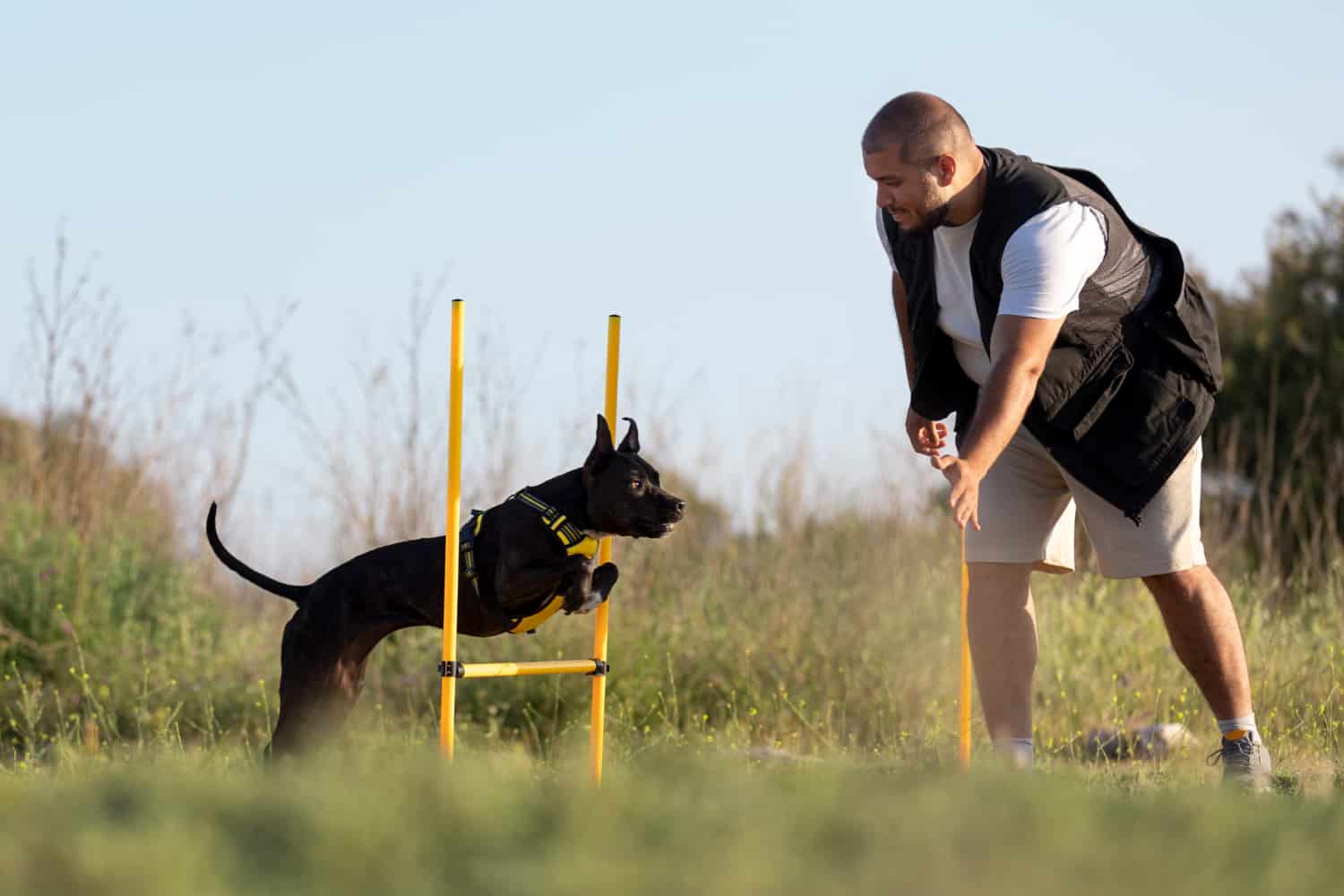Welcome to the ultimate guide on top dog training! At Pet Fitness, we understand that pet owners are always in pursuit of the best ways to train their furry friends. Whether you’re a first-time dog parent or an experienced handler looking to expand your knowledge, our in-depth guide is designed to help you become the top dog in dog training.
Why Top Dog Training Matters
Before we delve into the specifics of top dog training, let’s understand why it’s crucial. Proper training not only ensures your dog’s safety and happiness but also strengthens the bond between you and your four-legged companion. A well-behaved dog is a joy to be around, and the training process can be an immensely rewarding experience for both you and your pup.
Setting the Foundation: Understanding Your Dog
Every successful top dog training journey begins with a deep understanding of your canine companion. Just as humans have their unique personalities, so do dogs. Knowing your dog’s breed, temperament, and specific needs is the first step towards tailoring an effective training plan.
Breed Characteristics
Different breeds have varying instincts, energy levels, and behaviors. Research your dog’s breed to understand its specific characteristics, as this knowledge can guide your training approach.
Age and Developmental Stages
Dogs go through different developmental stages, from puppies to seniors. Each stage requires a tailored training approach. For instance, a puppy will have different needs than an adult dog.
Temperament Assessment
Observe your dog’s temperament. Is it outgoing or reserved? Does it have any fears or anxieties? This knowledge will help you tailor training techniques to suit your dog’s personality.
The Essentials of Top Dog Training
Basic Commands
Start with the fundamentals: sit, stay, come, and down. Teaching these commands will make your dog more obedient and easier to manage.
Leash Training
Proper leash training ensures that your dog walks politely and doesn’t pull on the leash. It’s essential for safety during walks.
Crate Training
Crate training provides a safe and comfortable space for your dog. It’s an essential tool for housebreaking and preventing destructive behavior.
Socialization
Expose your dog to various people, animals, and environments. Socialization is crucial to prevent fear and aggression.
Positive Reinforcement
Reward-based training is the most effective and humane method. Use treats, praise, and affection to reinforce good behavior.
Common Challenges in Dog Training
Housebreaking
Housebreaking can be a challenging phase, but with patience and consistency, you can teach your dog where and when to relieve itself.
Barking
Excessive barking can be a nuisance. Identify the triggers and use training techniques to address this behavior.
Chewing and Destructive Behavior
Puppies, in particular, love to chew. Offer appropriate chew toys and teach them what’s off-limits.
Aggression
Addressing aggression requires professional guidance. Consult with a qualified dog trainer to ensure the safety of your dog and others.
The Role of Consistency and Patience
Successful top-dog training requires a commitment to consistency and patience. Dogs learn through repetition, and it’s essential to reinforce positive behavior and discourage negative behavior consistently.
The Benefits of Professional Training
While our guide equips you with the knowledge to train your dog effectively, some situations may benefit from professional training. A certified dog trainer can offer expertise, personalized guidance, and help with more complex issues.
Conclusion
Top dog training is a journey that requires dedication, patience, and a deep understanding of your dog’s unique needs. By following the tips and techniques outlined in this guide, you can cultivate a well-behaved, happy, and loyal companion. Remember, every dog is different, and tailoring your approach to their personality is key to success.
If you are looking for Pet Fitness Training then contact us.







